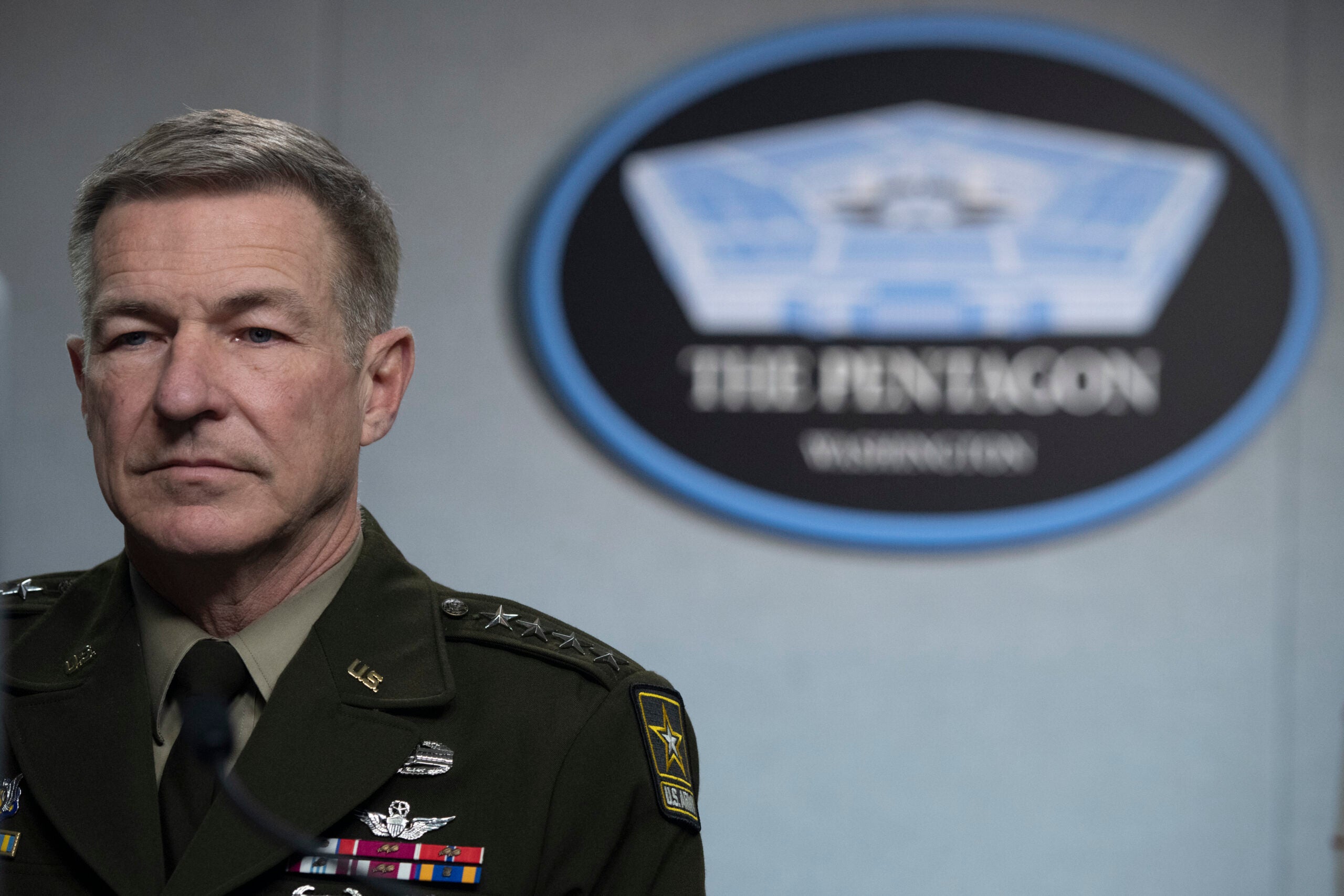Nicholas Charles Revello Plaintiff V.s Keren Laina Sangalaza Defendant
February 23, 2021
Veterans Day Message from President Trump
August 1, 2022
Navajo Code Talker Samuel Sandoval dies
August 1, 2022
Single Judge Application; solvent; Veterans Benefits Administration documents undermine the Secretary’s current claim of ignorance as to what constitutes a solvent. See, e.g., VA ADJUDICATIONS PROCEDURES MANUAL (M21-1MR), pt. ...
Single Judge Application; The Board cannot avoid adjudicating an issue before it, here the proper rating, simply because it may also arise in a different claim. See Rice, 22 ...
Single Judge Application; obesity; Walsh v. Wilkie; Gen. Coun. Prec. 1-2017 (Jan. 6, 2017); A 2017 VA General Counsel (VAGC) precedent opinion determined that “besity may be an ‘intermediate ...
Sub now: http://redirect.bundesliga.com/_bwBd NFL quarterback Peyton Manning has called time on his incredible career after 18 long years. The 39-year-old ... source
Single Judge Application; George v. McDonough, 991 F.3d 1227, 1229-30 (Fed. Cir. 2021) confirming that the law as it was understood at the time did not require VA to rebut ...
Link to original post Good morning everyone. I have a couple of questions I was hoping to get some advice on. #1. If my conditions are rated at “static” and ...
Single Judge Application; writ; The Board’s decision to remand this matter, in order to obtain additional, and impliedly negative evidence, is an exercise of “naked and arbitrary power.” See Yick ...
Veterans Affairs officials aren’t pushing for new job training programs to help counter lingering employment challenges from the coronavirus pandemic, but they are eyeing expansion of existing ones as demand ...
198 Veterans News - Copyright AllRights Reserved.
:quality(70)/cloudfront-us-east-1.images.arcpublishing.com/mco/T56ADX64ANDYNP5MWRKCULXRZA.jpg)



:quality(70)/cloudfront-us-east-1.images.arcpublishing.com/mco/QBYJTGYCQBHSVITAL32RAO7HAA.jpg)




:quality(70)/cloudfront-us-east-1.images.arcpublishing.com/mco/YVREBMCGTNFNTI6PSBKVQDR7CU.jpg)

